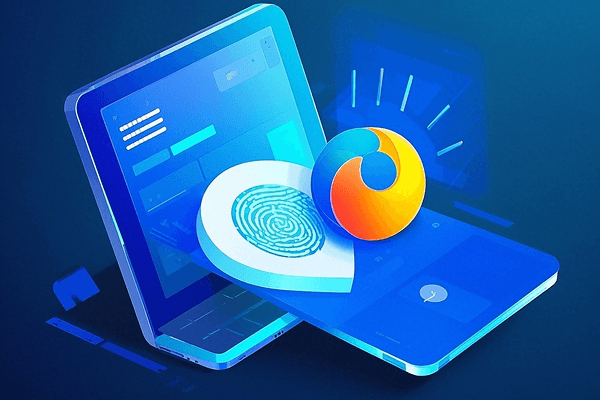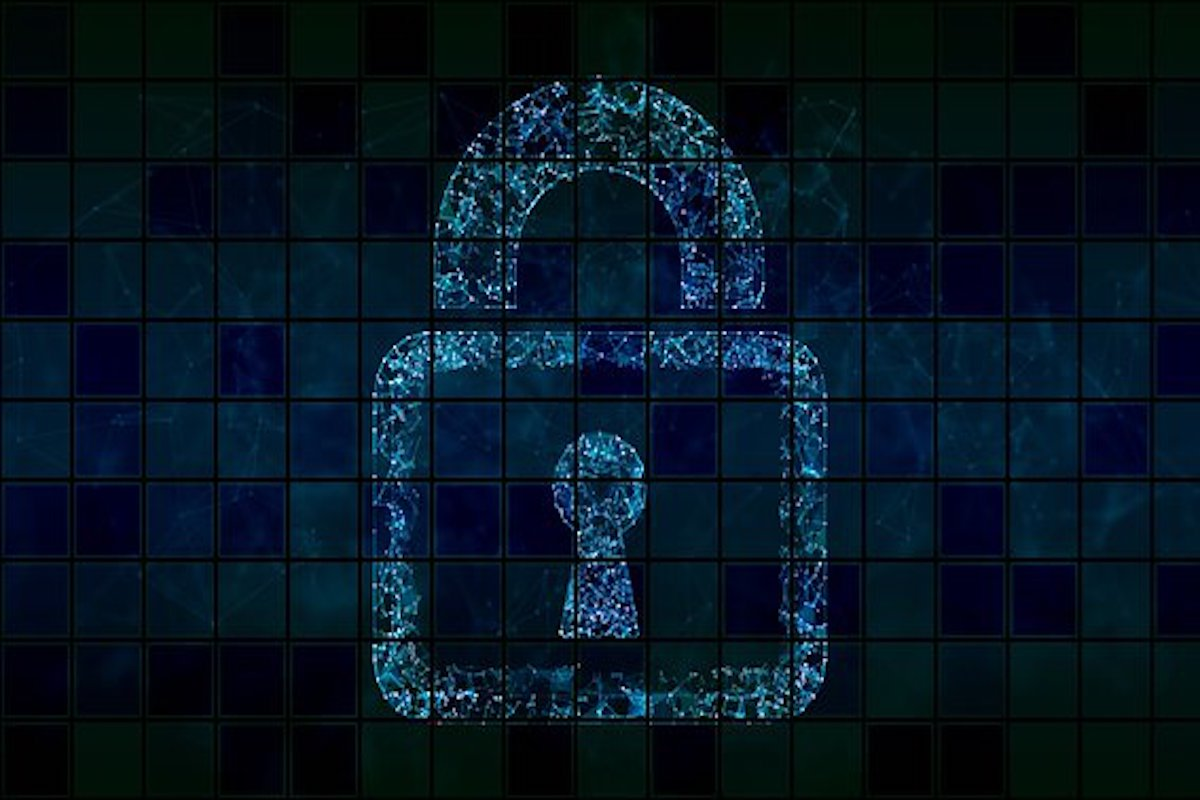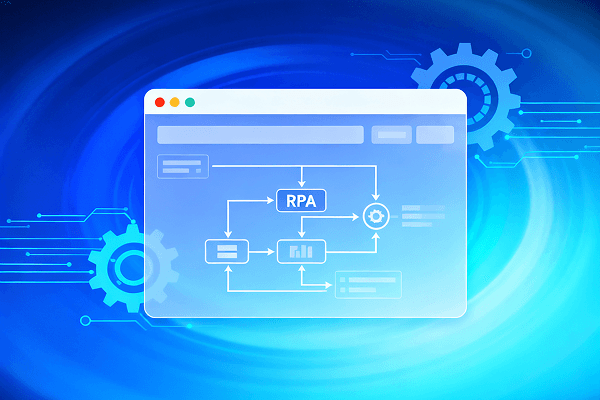


Application Scenarios of Device Fingerprints
Human fingerprints are ever-changing and unique, and can be used as a person's identity. At the same time, the person's name, ID number, and facial features can also be used as the only identification.
As far as equipment is concerned, it also has characteristics that can be used for identification. For example, the only serial number of the device, the production ID of the device, etc.
During the user's visit to the website, the website needs to track what operations the user performs on the page at that time. For example, which keywords were searched, which products were browsed, how many times the user of the device tried to log in today, how many accounts were registered, and so on.
Let's introduce the application scenarios of device fingerprinting.
1. Behavioral pursuit
User behavior tracking is mainly related to transactions. For example, shopping websites will collect user's device information, and recommend related products to users based on device fingerprint information. Of course, the recommendation of similar products is only one aspect, and more about the collected information to form device fingerprints, providing users with better transaction services and security guarantees. For example, if a user's risky login or replacement device login is detected, the user will be required to perform a strong secondary verification.
2. Advertising promotion
It refers to combining the user's search records, reading records, etc., to record the equipment, and to push advertisements in a targeted manner. For clearing cookies, opening advertising blocks, and prohibiting tracking, the technology of device fingerprint recognition can make advertising push equally accurate.
3. Anti-fraud
In fact, device fingerprints play an important role in anti-fraud risk control. The device fingerprint system can provide security guarantees for related transactions. For example, abnormal behaviors such as spam registration, account theft, and remote login, which are currently relatively high in risk, can be effectively controlled by using the device fingerprint identification system.

4. Anti-click fraud
Click fraud is mainly used in advertising fraud. The advertiser provides a commission based on the number of times the user clicks on the ad. The identification technology based on fingerprints can count the number of times the same device clicks on the advertisement, find out the request for advertisement cheating, and thus reduce click fraud.
5. Financial anti-fraud
Device fingerprints play an important role in credit card anti-fraud and are an important dimension in the risk control model. At the same time, in financial transactions, it is necessary to ensure that the transaction is on a trusted device at that time, which relies on the device fingerprint identification system.
6. Anti-clip coupons
The scene of coupon clippersare generally as follows. Thecoupon clippers register users in batches and receives gifts, coupons, cashback coupons, etc. Batch registration behavior is generally accompanied by switching of proxy IP, but the device may not change. Therefore, it is possible to identify devices based on device fingerprints, count the number of registered accounts and participation activities of the same device, and set relevant prevention and control rules.
Summarize
Device fingerprinting has broad application prospects. With the birth of the Internet, there is a classic saying "On the Internet, no one knows you are a dog." But with the development of the Internet, it has gradually become a second space for human beings. The inability of netizens to identify their identities and prove their promises has greatly hindered the expansion of Internet businesses.
The real world has a mature credit reporting system. For scenarios with general security requirements, users may only need to use their ID cards to gain access. For high-risk scenarios (such as borrowing), even credit records are required for access. So can the Internet scene build a mature credit reporting system?
There are two ideas for building an Internet credit reporting system. One is to directly migrate offline credit reporting to online. The other is to directly perform credit scoring based on user activity records on the Internet since the Internet is already a mature ecology. The device fingerprint is the cornerstone of the Internet credit score.
Bitbrowser places marketing advertisements in multiple advertising accounts to diversify risks. Replace several of your devices or virtual machines with virtual browser profiles that use less resources. There are ready-made, rapidly developed browser fingerprint management tools for you to use. Plus, verify ad targeting and delivery by simulating users, different devices, and geographic locations, eliminating misleading ad creatives and broken links.

 Multi-Account Management
Multi-Account Management Prevent Account Association
Prevent Account Association Multi-Employee Management
Multi-Employee Management



